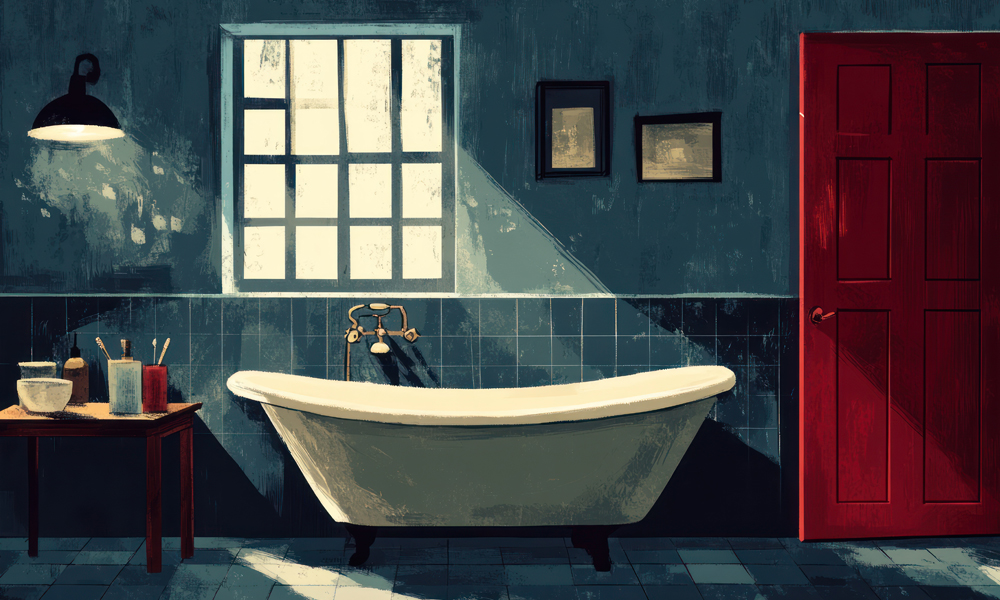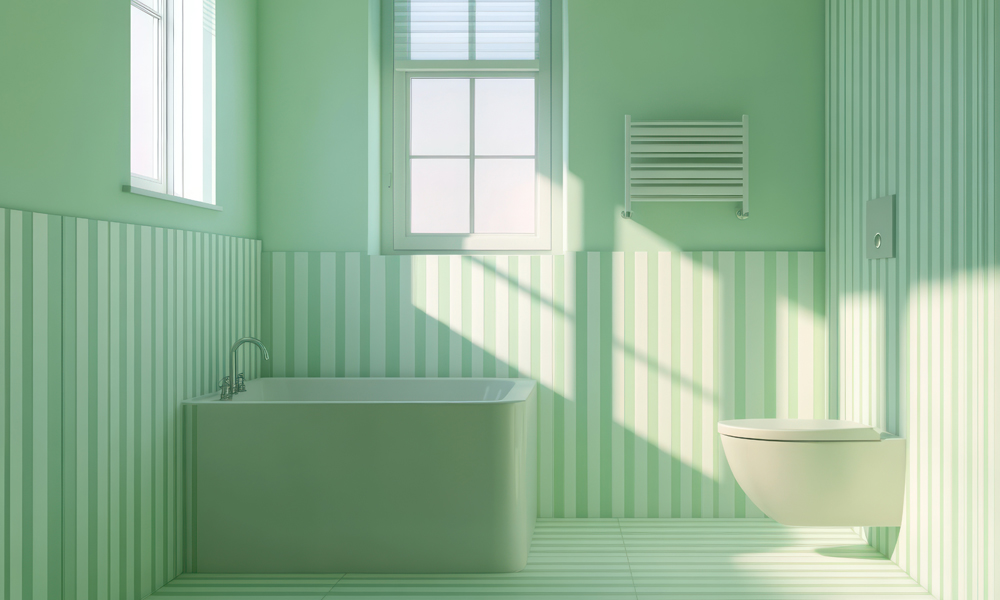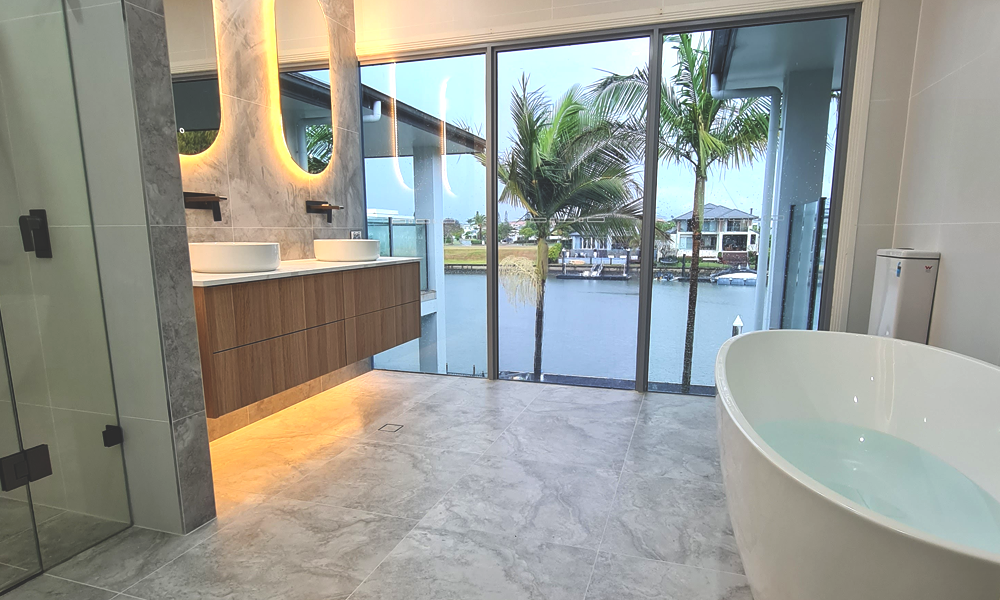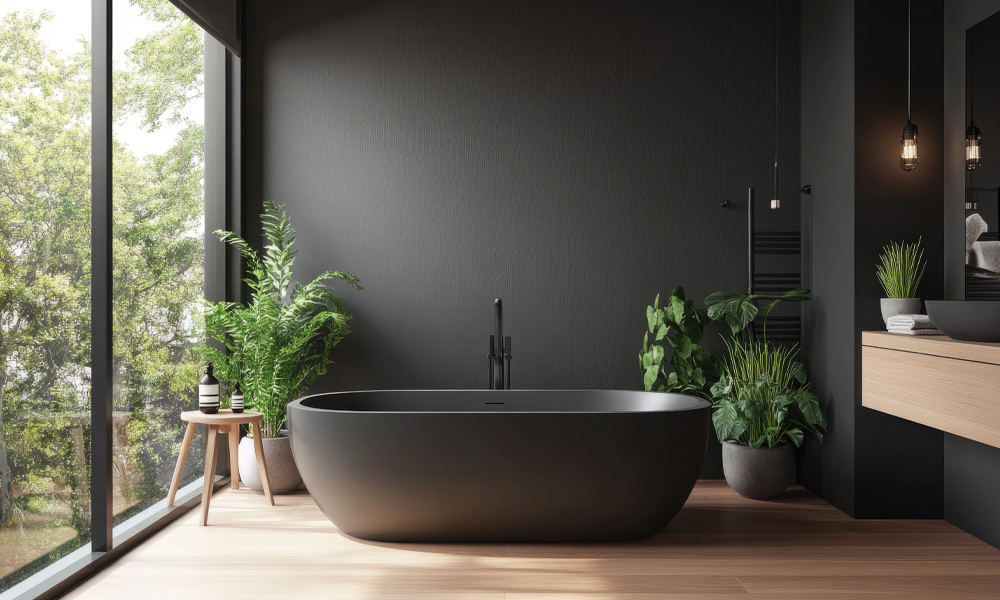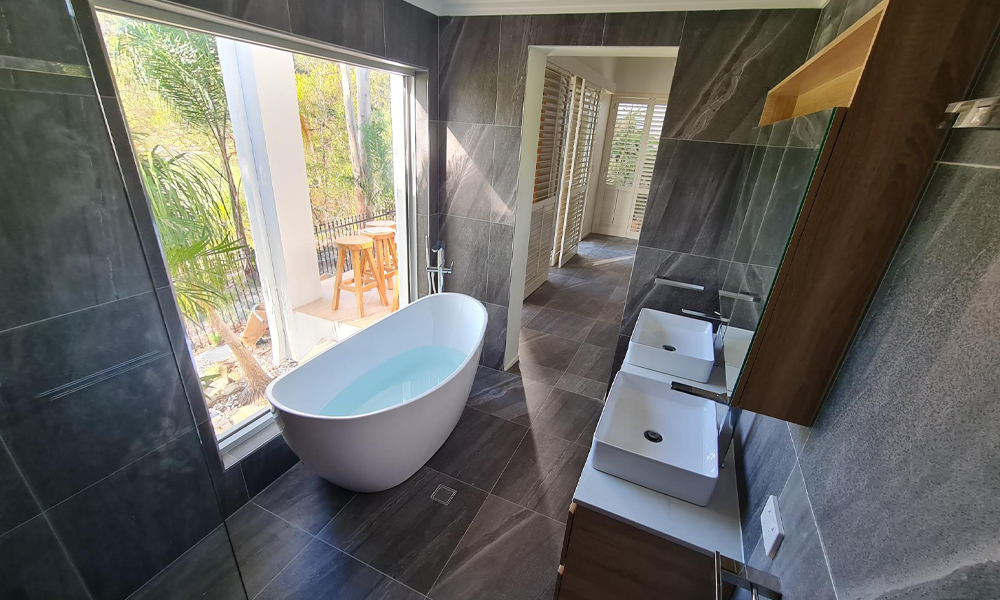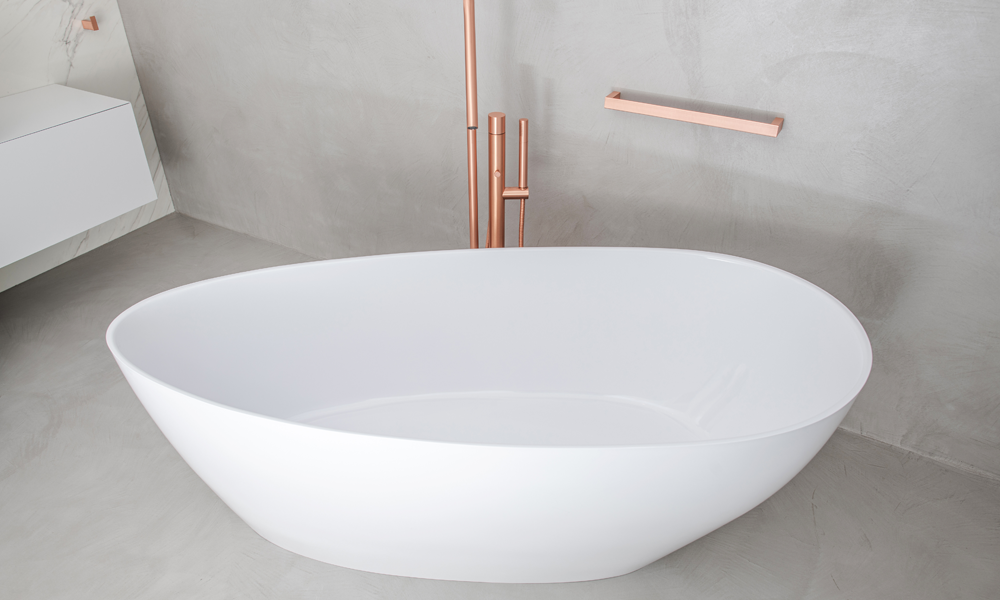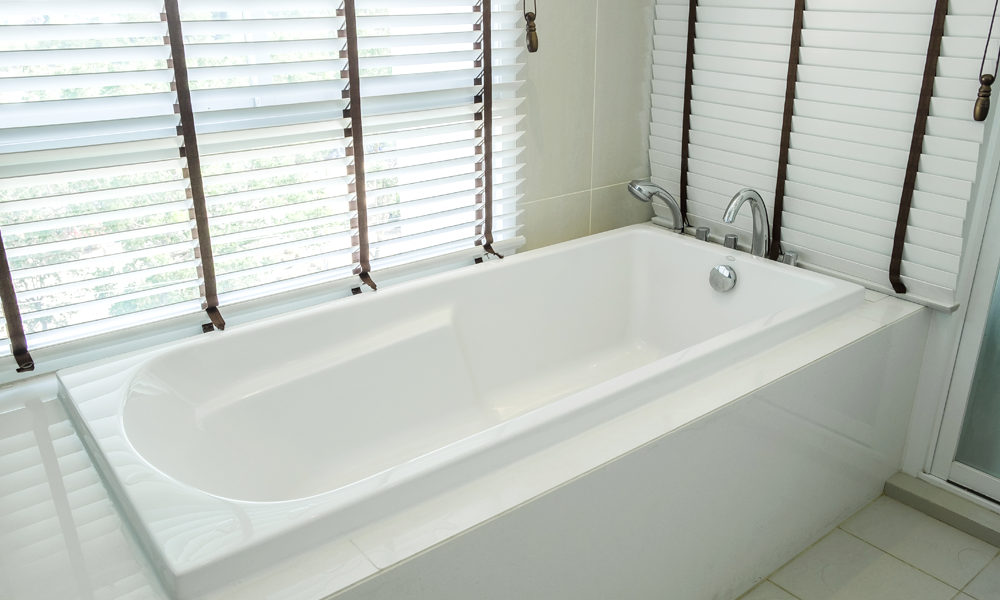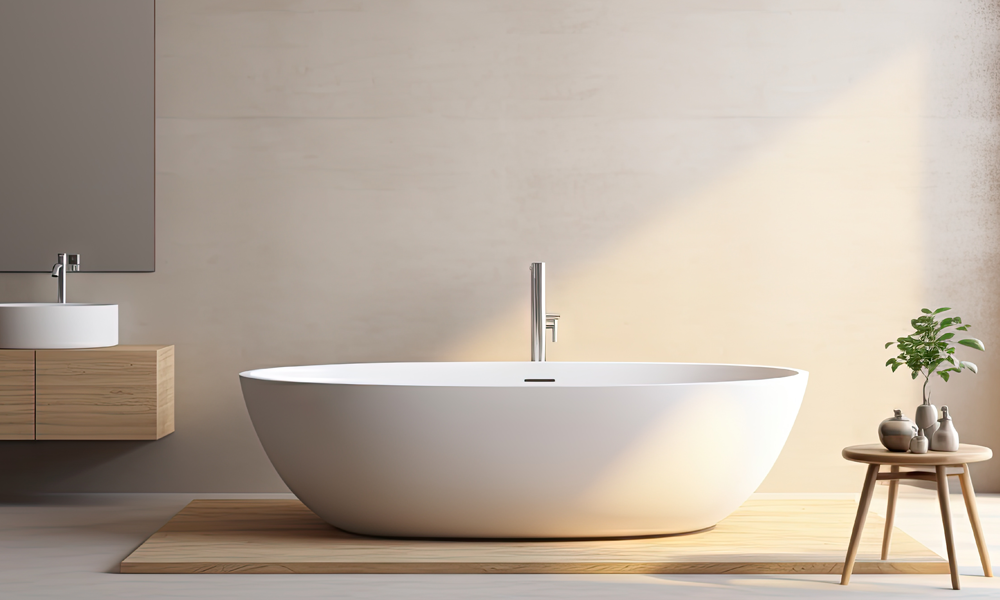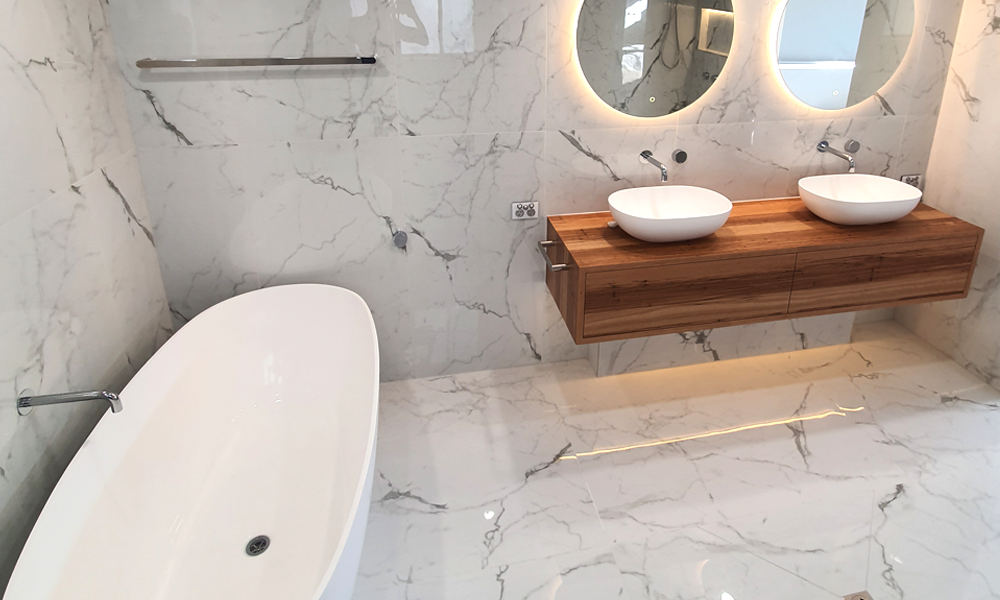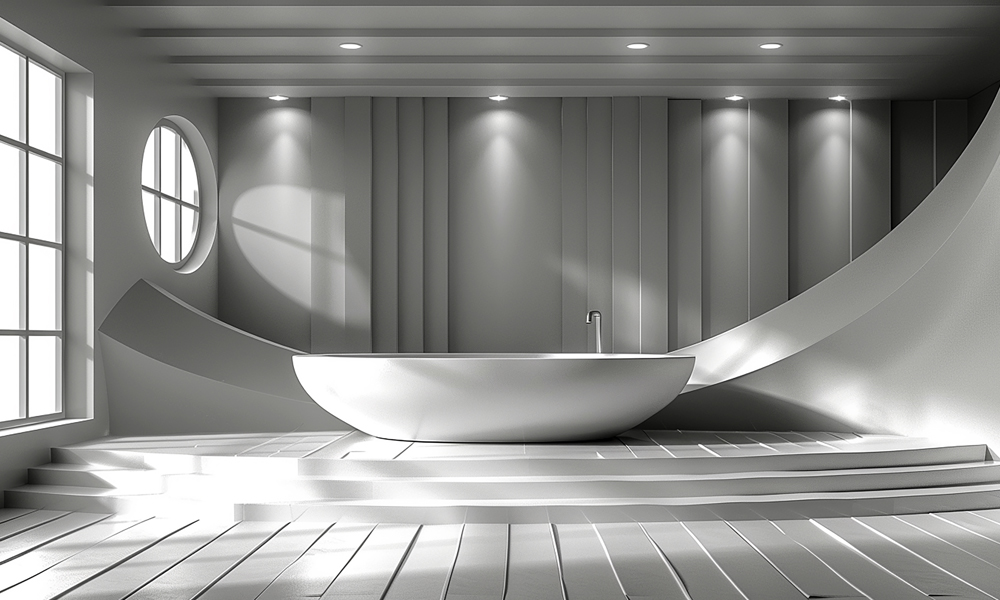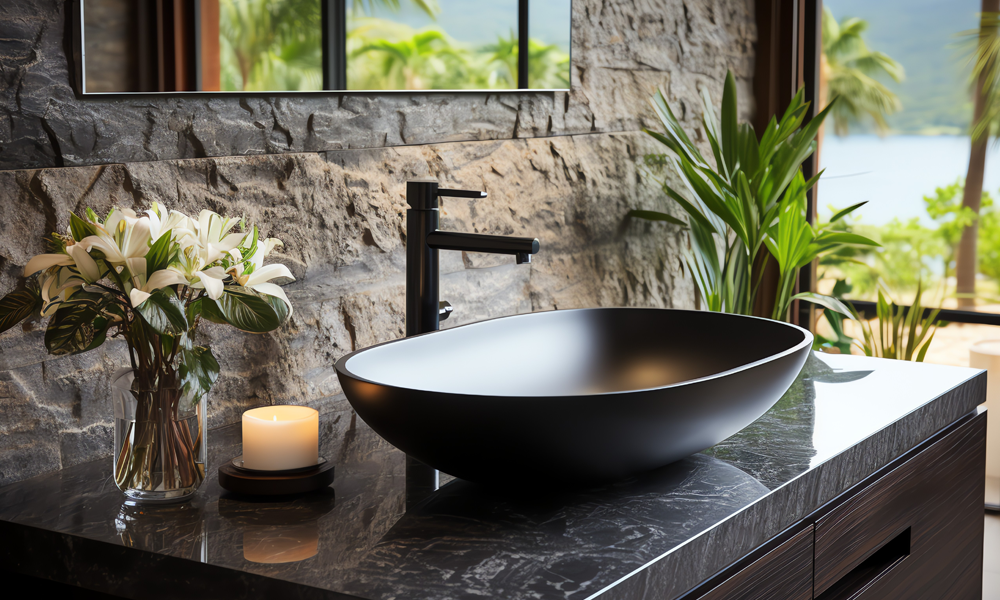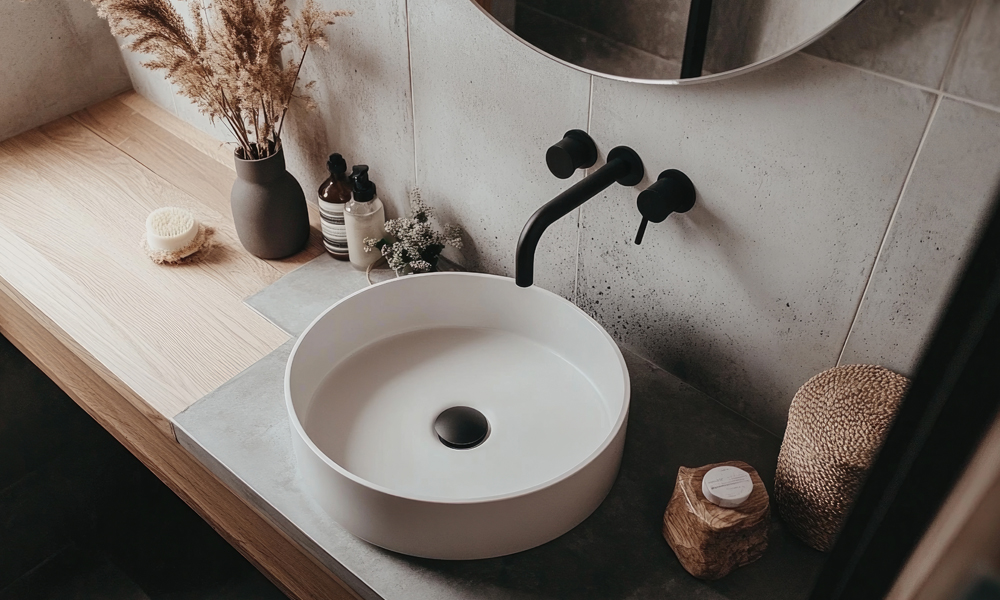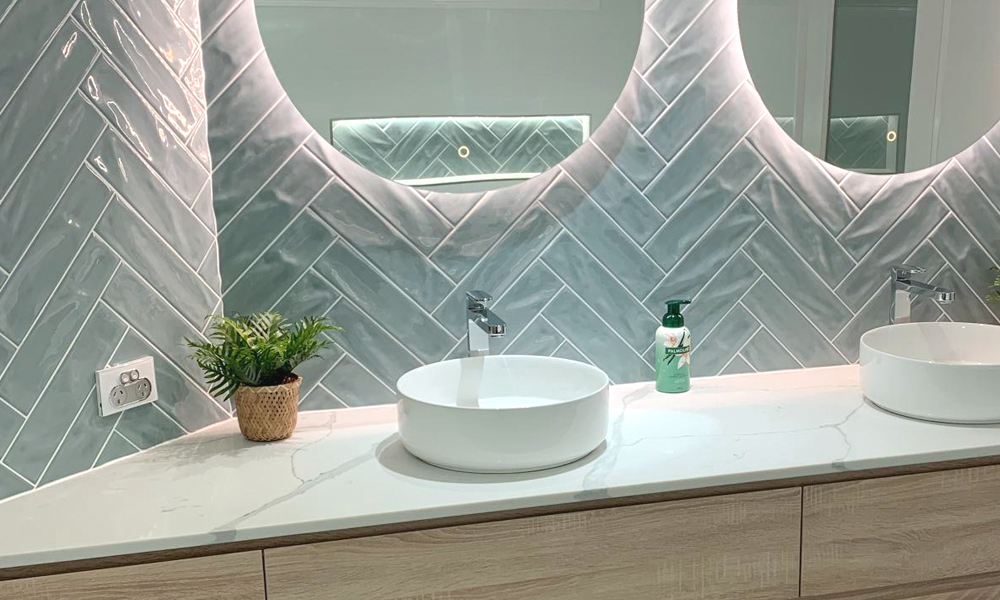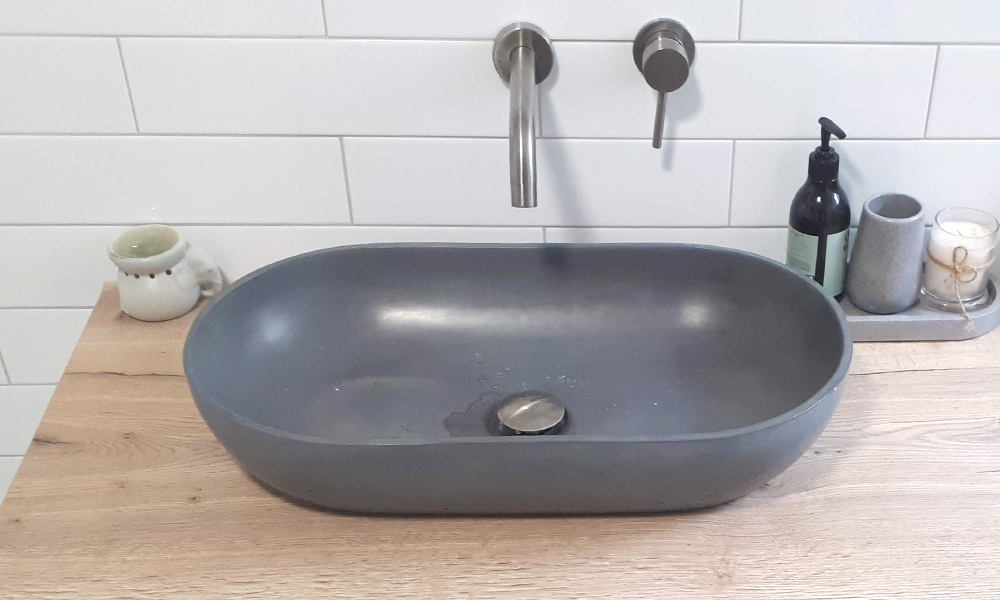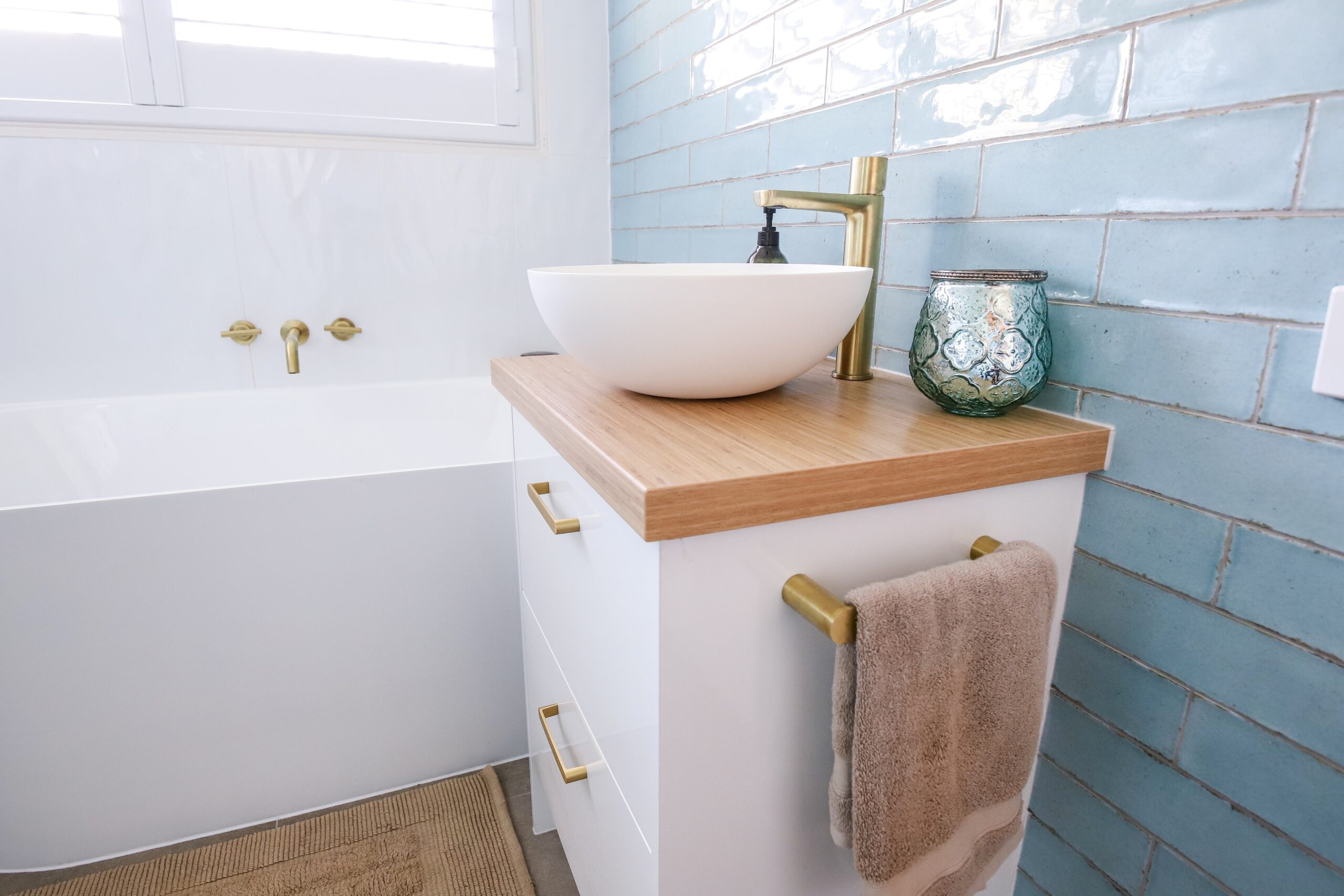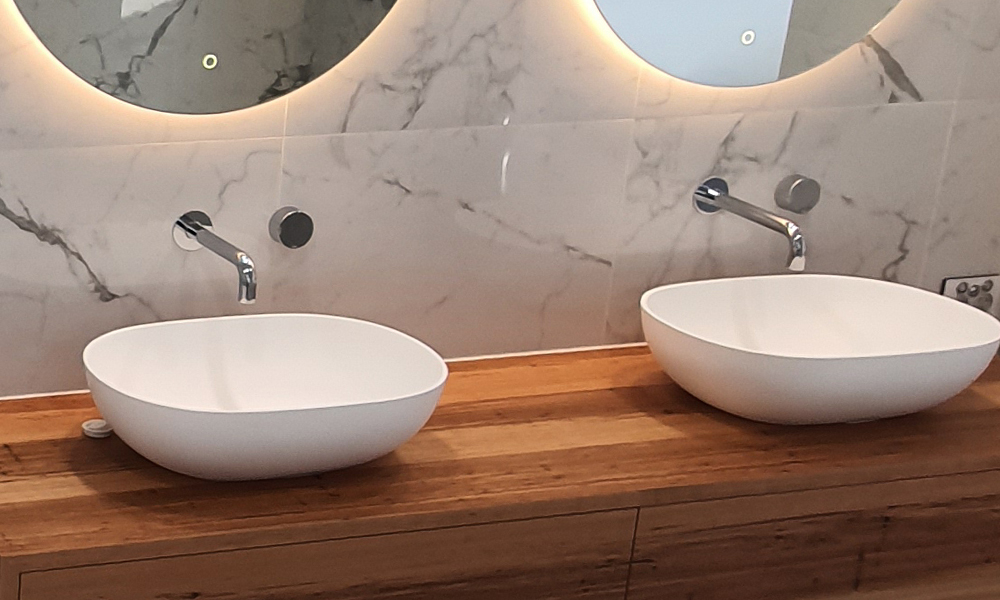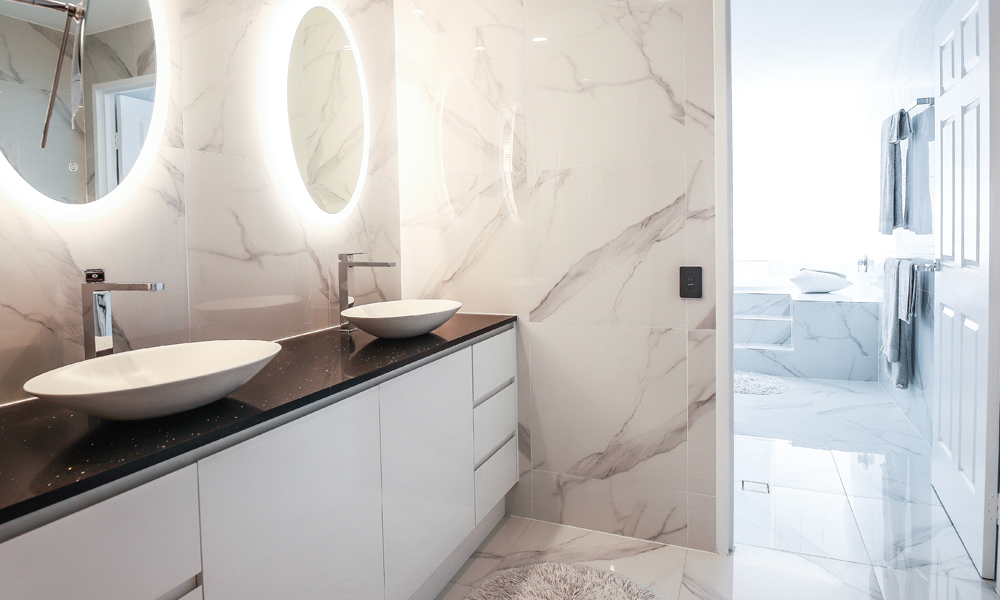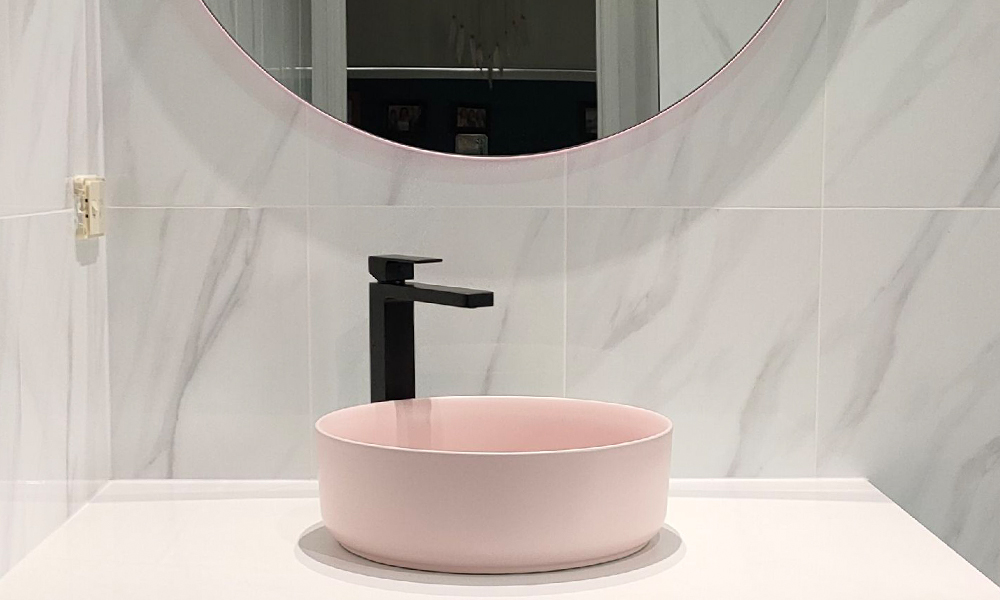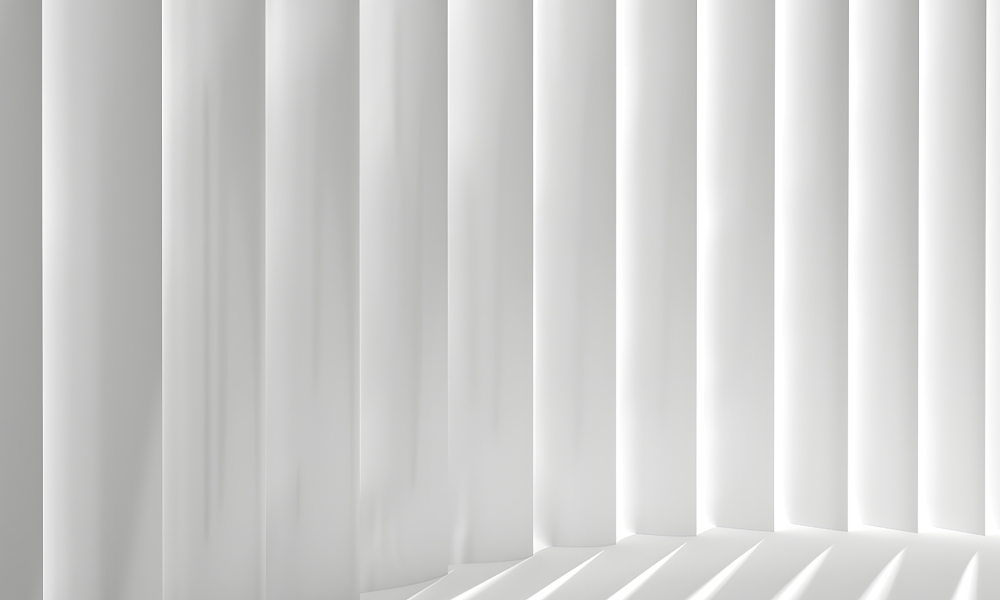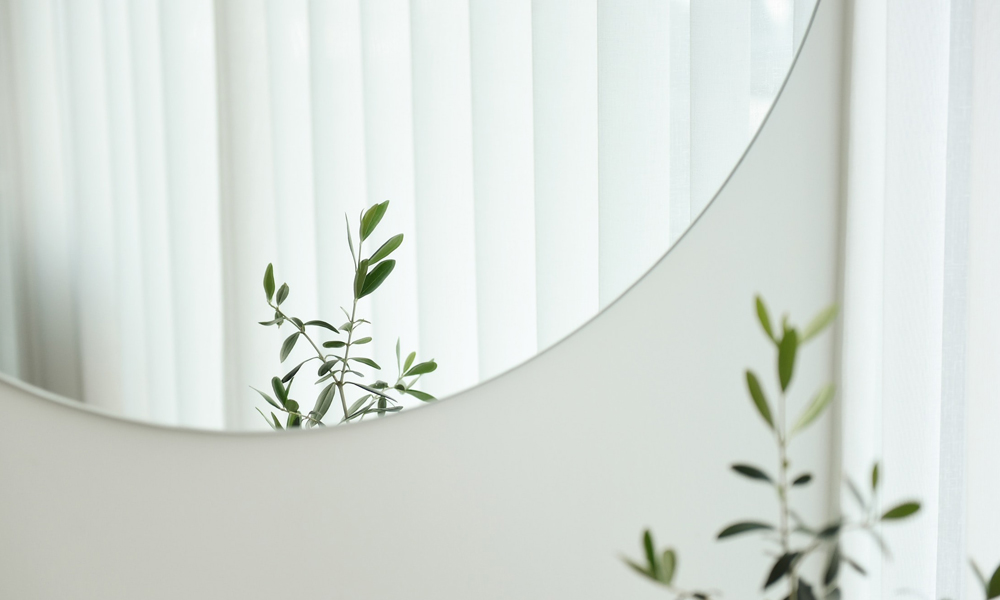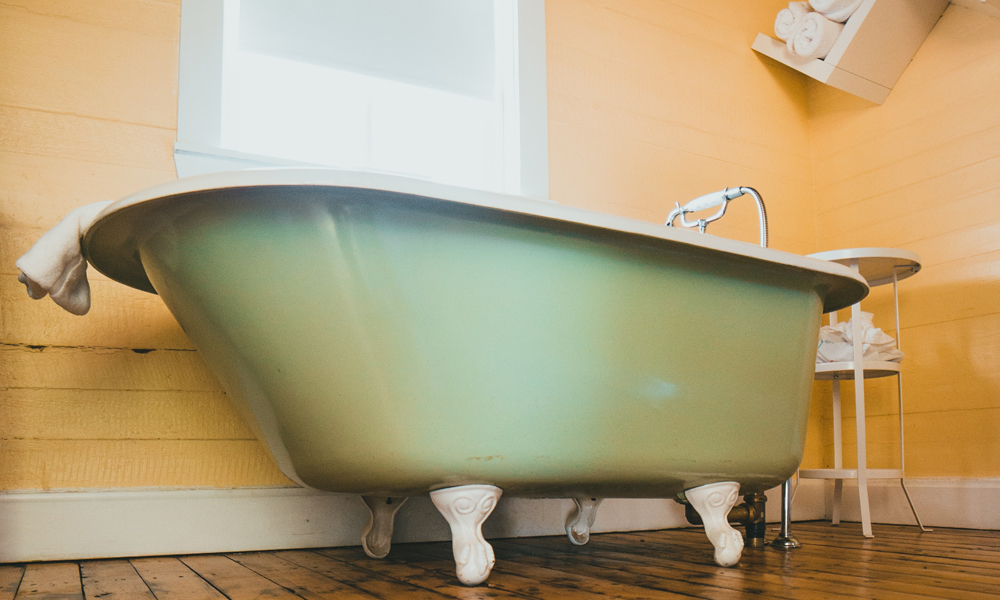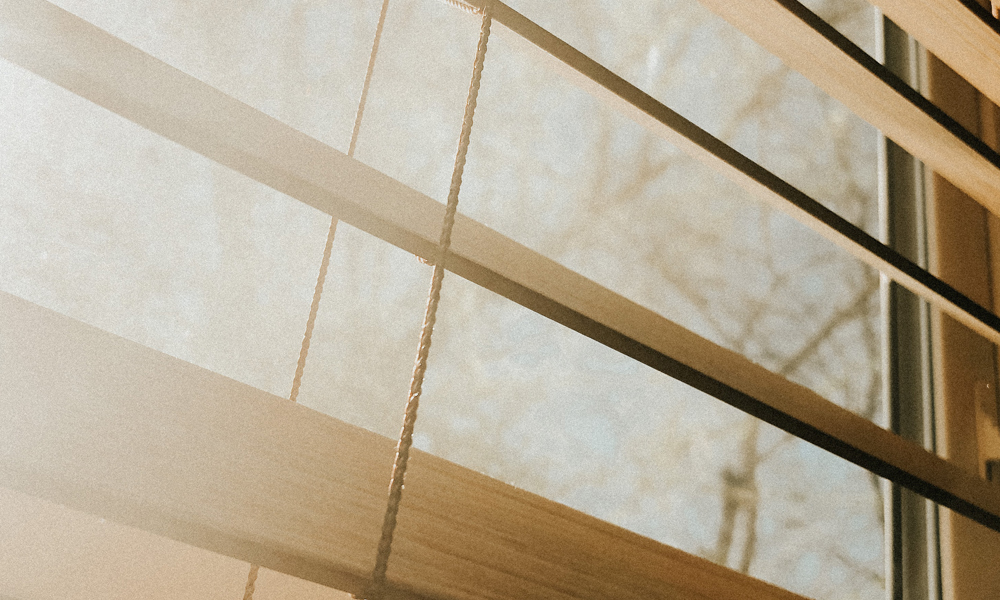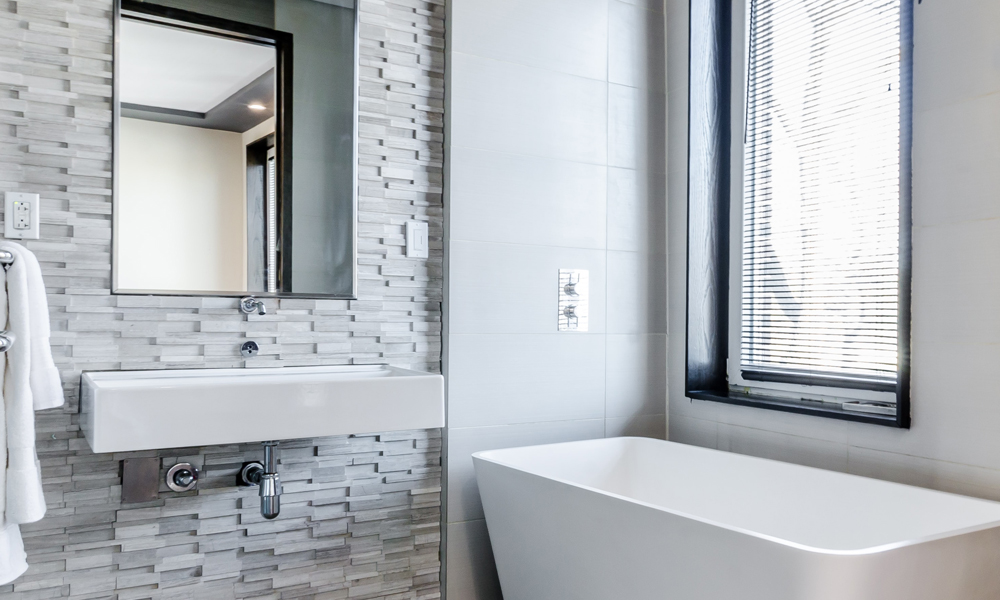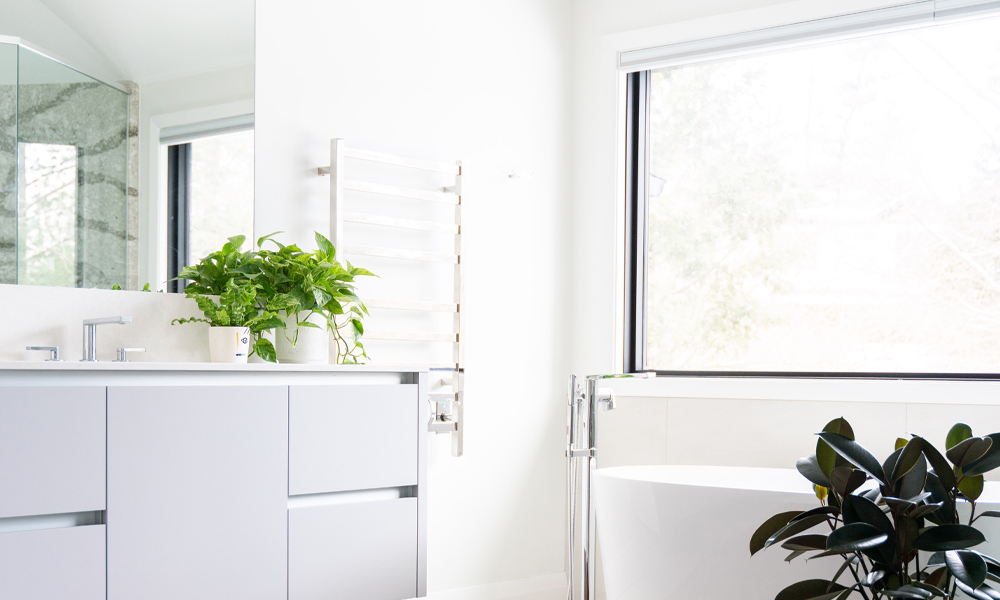Transforming your bathroom can completely elevate the look, feel, and functionality of your home. On the Gold Coast, homeowners are increasingly turning to professional renovation specialists to achieve stylish, modern, and highly functional bathrooms.
At Armlock Constructions, we’ve completed over 450 bathroom renovations, consistently earning glowing feedback from our clients. In this article, we showcase some of our top bathroom renovations, sharing real before-and-after transformations and reviews that highlight our commitment to quality, attention to detail, and streamlined, all-trades service.
Whether you’re planning a full-scale remodel or a targeted upgrade, these examples demonstrate how a carefully planned renovation can bring your dream bathroom to life.
Before & After: Glass Brick Bathroom Transformation
This renovation showcases the beauty of thoughtful design while preserving unique architectural elements. The original bathroom featured a distinctive glass brick wall, which we carefully retained to maintain its character. By updating the layout, fixtures, and finishes, we transformed the space into a much lighter, brighter, and more inviting bathroom.
Natural light now floods the room, highlighting sleek modern tiles, contemporary cabinetry, and elegant fixtures. The result is a harmonious blend of the original charm and a fresh, modern aesthetic that enhances both style and functionality.
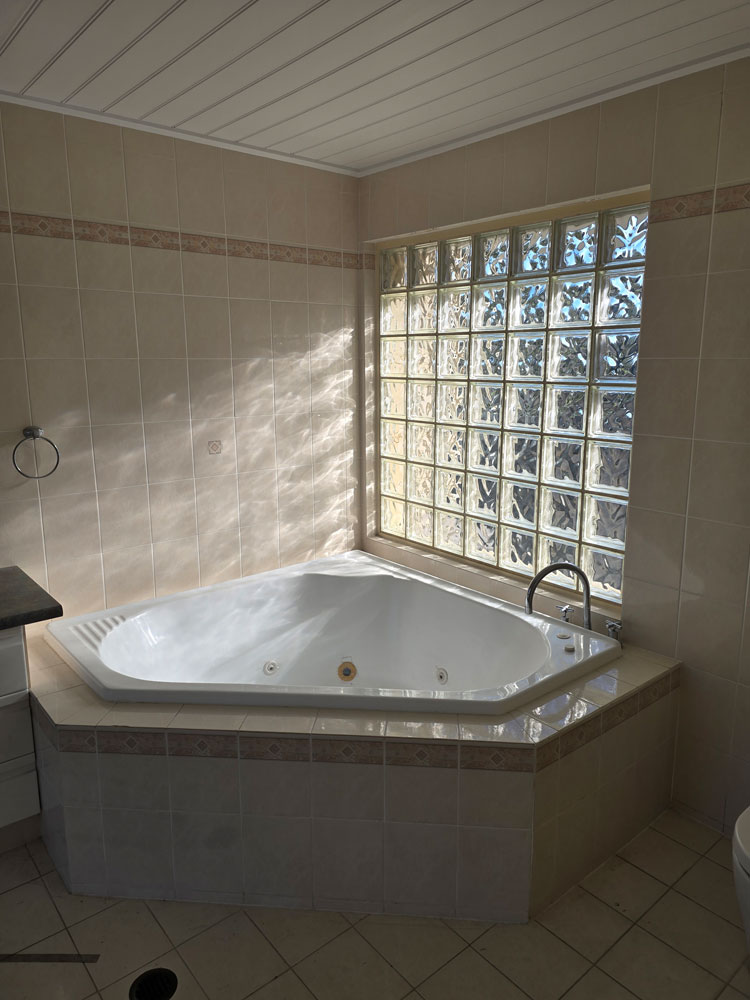
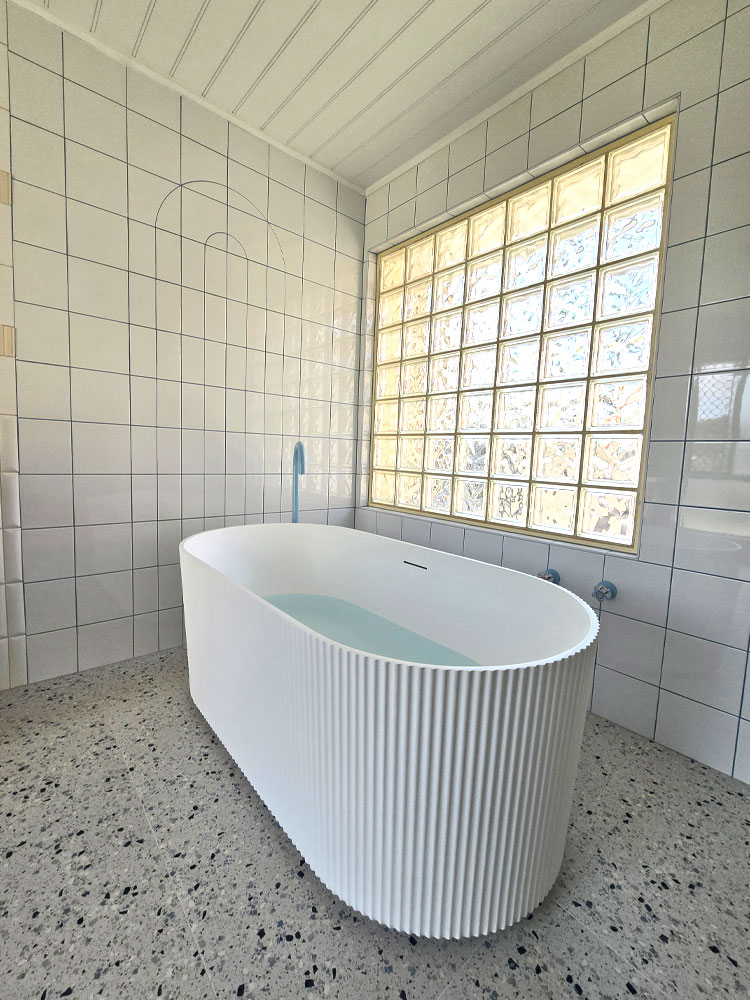
Before & After: Toilet / Shower / Bath Swap
This Gold Coast bathroom upgrade features a complete reconfiguration including changing locations for the toilet, shower and bath, while adding a new window to allow more natural light into the bathroom. The results speak for themselves – another bathroom renovation completed for happy customers, adding value to lifestyle and property.
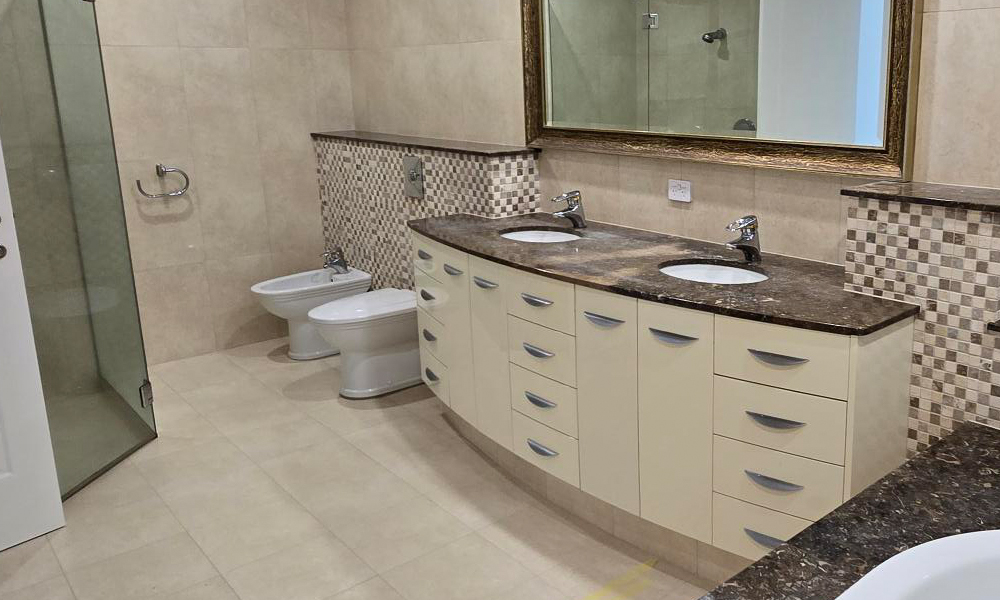
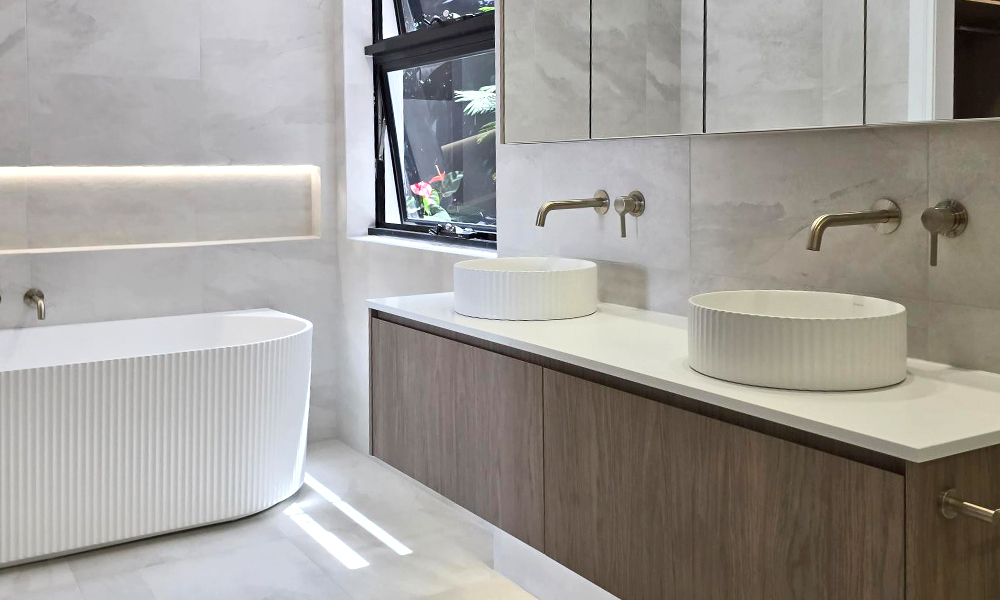
Before & After: Toilet / Shower Swap
This renovation also included a reconfiguration, in this case, the toilet and shower changed positions. When reconfiguring bathrooms is the goal, our team are here to assist. Our service includes all of the trades needed to complete your project. If reconfiguration is on the cards, our plumbers, electricians and carpenters go to work to achieve a great outcome for your bathroom upgrade.
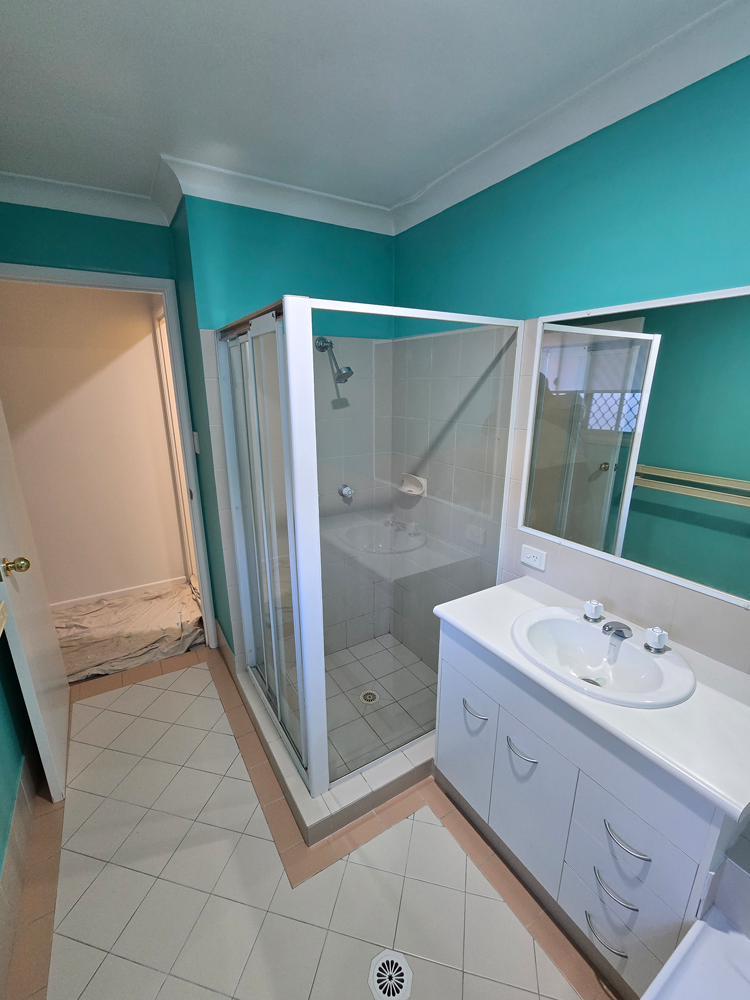
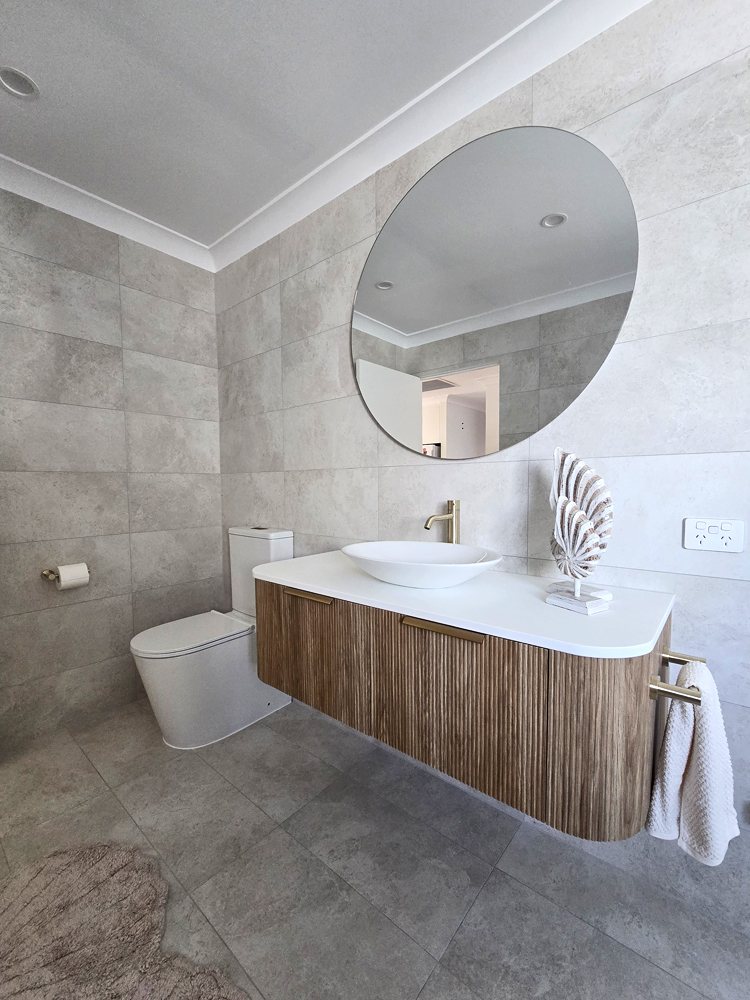
Before & After: Toilet / Shower Swap
Check out this bathroom upgrade! Fresh new tiles, a custom vanity and the introduction of an integrated bathroom / laundry combine style and functionality. Updating the lights to modern LEDs is a standard practice that has great outcomes, moving away from clunky old mis-matched lights.
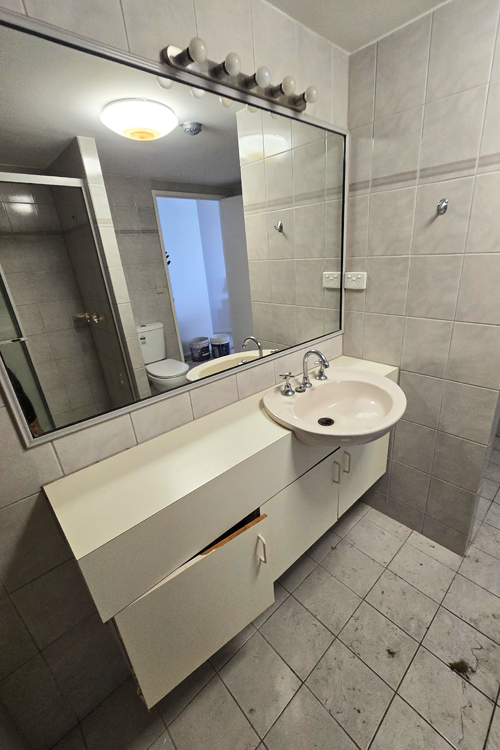
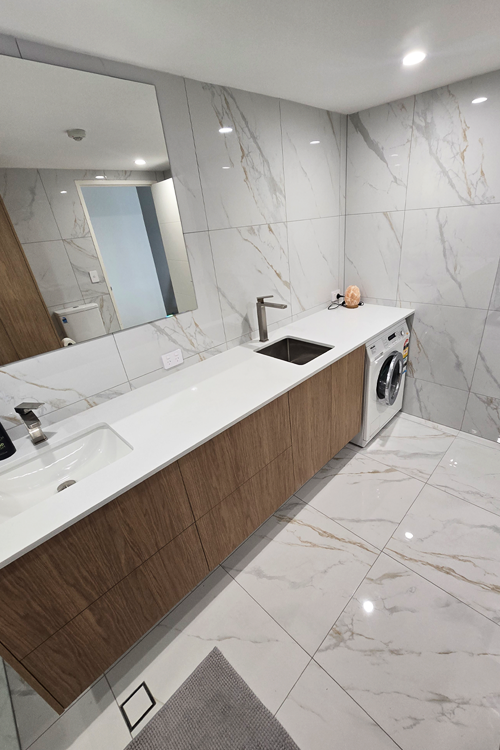
Transforming your bathroom can completely elevate the look, feel, and functionality of your Gold Coast home. Talk to our team today for a free consultation and quote, and learn why we are the Gold Coast’s leading bathroom renovation company.

